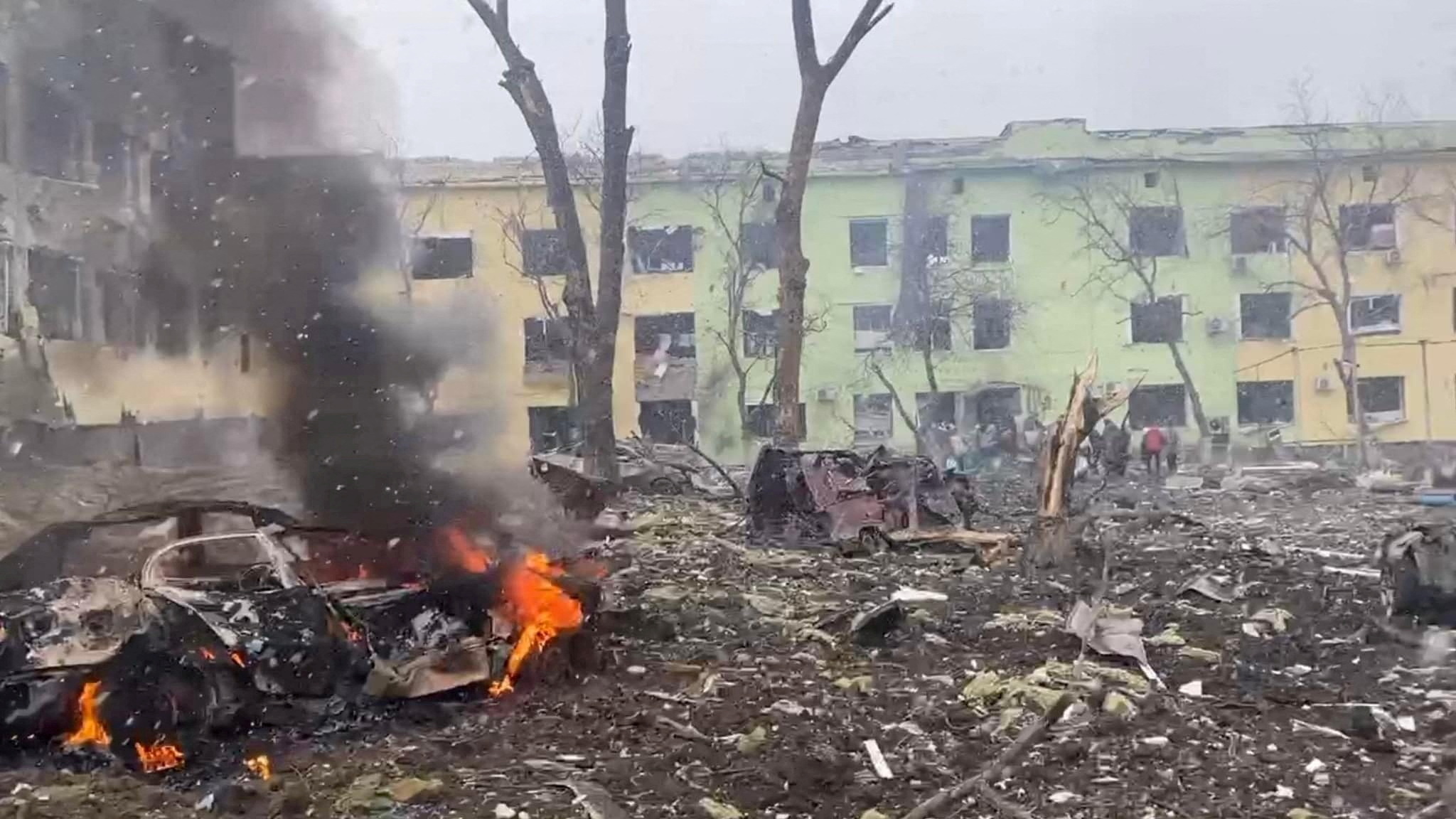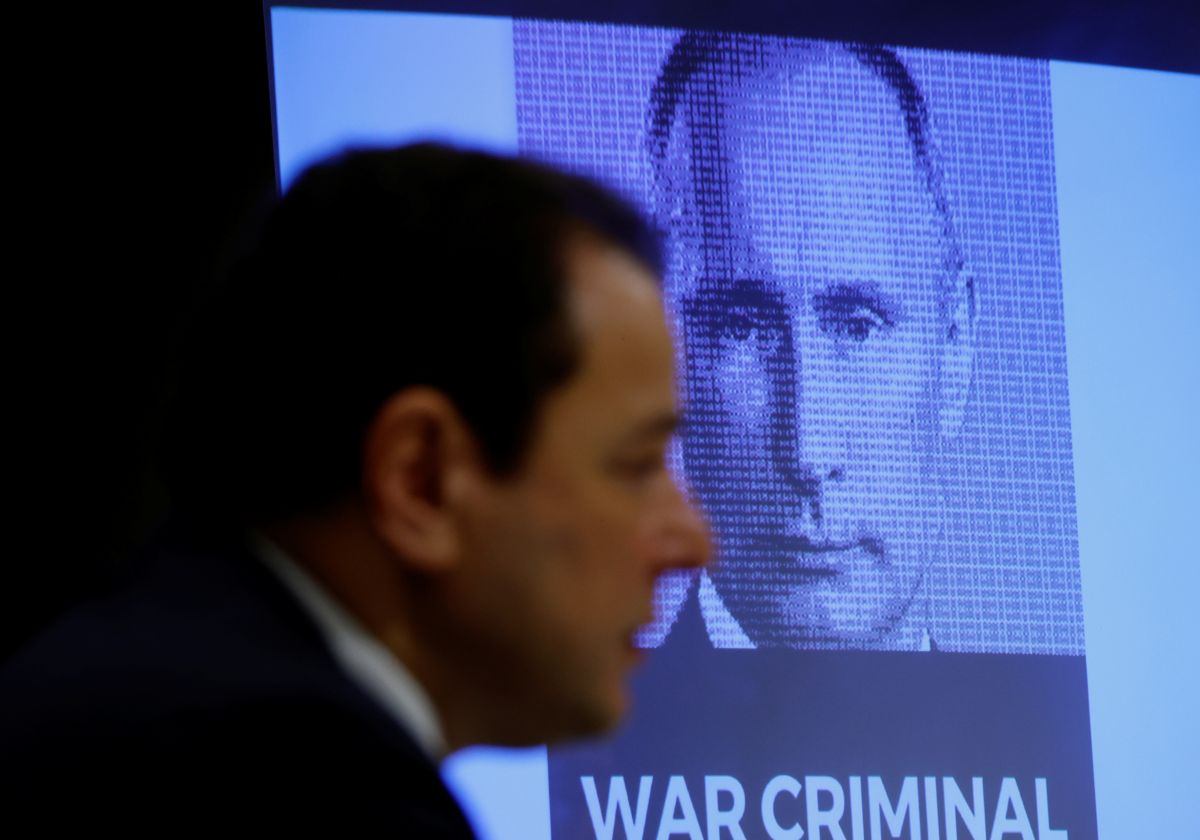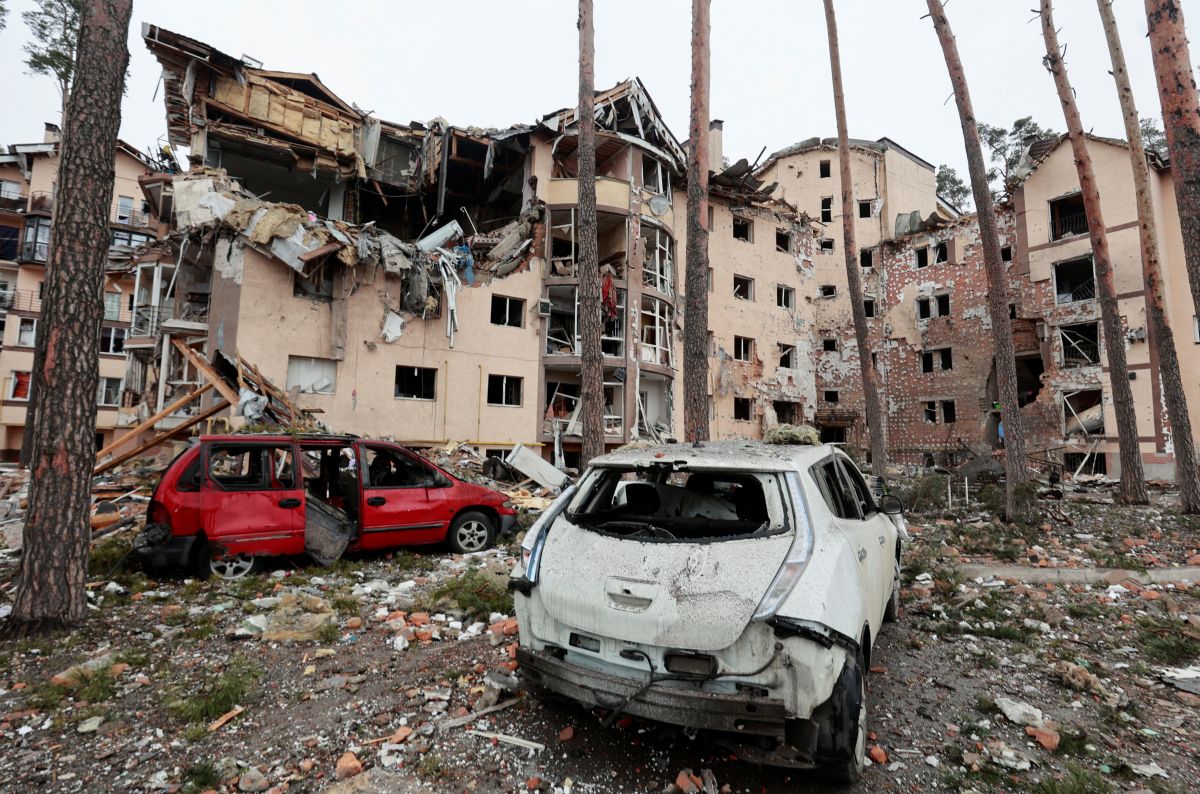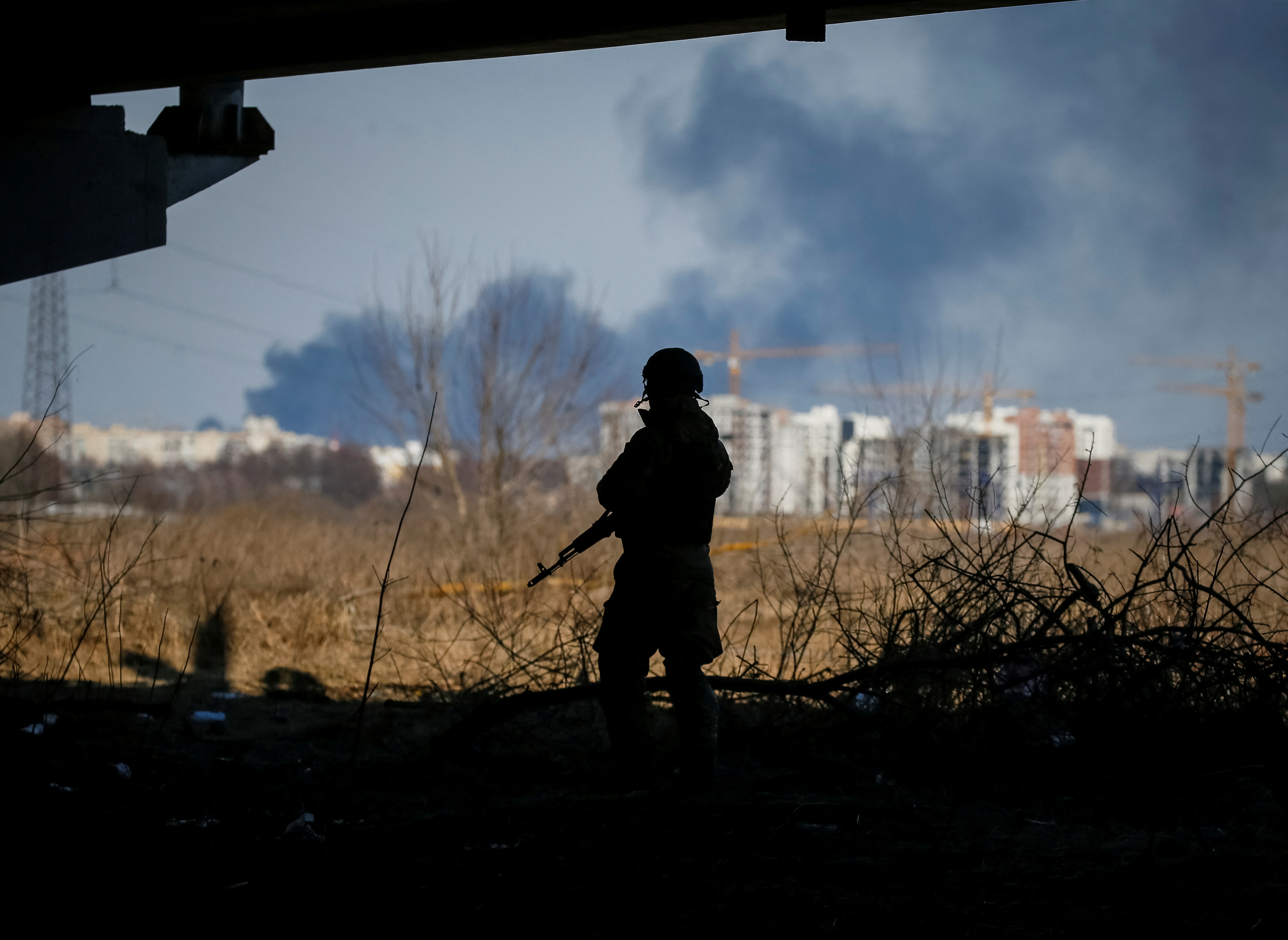The Situation in Mariupol
Mariupol has been under siege since 4 March. The city is a key port for Ukraine on the Azov Sea. For Russia, occupation of the city has both military and symbolic significance. The duration and constriction of the blockade has led to a humanitarian disaster in Mariupol. A prolonged siege of the city may lead to tens of thousands of civilian deaths, bearing the hallmarks of a crime against humanity.
 NATIONAL POLICE OF UKRAINE/Reuters/Forum
NATIONAL POLICE OF UKRAINE/Reuters/Forum
What hostilities have been seen in Mariupol?
Mariupol is the largest Ukrainian port to the Azov Sea and was among the places where the Ukrainian Navy was stationed. On 4 March, the city was encircled, and in recent days intense street fighting has been taking place, with Russia carrying out missile strikes and bombings that have devastated civilian infrastructure and places of refuge. According to the Russians, Mariupol is under attack by Donbas “separatist” forces supported by regular Russian units, primarily aviation and artillery, including rocket brigades. However, information showing Russian losses clearly shows that Russian ground troops, including special forces, are operating there, evidenced by the death of Gen. Oleg Mityaev, commander of the 150th mechanised division, as well as by the destruction of equipment of the 22nd brigade of Russia’s special operations forces. Moreover, there are, 5,000 troops from Chechnya, the “Kadyrovtsy”, among others.
The city is defended by the regular armed forces of Ukraine and the Azov battalion, which is part of the Ukrainian National Guard. Given Russia’s complete air dominance over the city and the large number of Russian air defence systems, the defenders are not able to use many means of air defence, such as Bayrakatar drones. Their situation is aggravated because they cannot receive relief from the rest of the Ukrainian armed forces.
What is the military and symbolic significance of Mariupol for Russia?
According to the Mariupol City Council, before the war the city had 475,000 people. It was almost evenly split by ethnicity between Ukrainians (48.7%) and Russians (44.4%). Mariupol was also a city where the vast majority of residents spoke Russian. That is why Russia presents its operations as a “liberation”, which has symbolic meaning for Russia and fits in with the state propaganda that it is defending its nation “by freeing them from the rule of the Nazis and nationalists”. The official Russian narrative emphasises that the city is defended by the “Azov nationalist battalion”, claiming it holds the civilian population hostage. Another important factor is that Mariupol is in the Donetsk Oblast, which according to Russia is independent, having recognised the so-called Donetsk People’s Republic as the entire oblast, meaning the city “belongs” to it. From a military point of view, the seizure of Mariupol will mean a land connection between occupied Crimea and Russia proper. If that happens, the Azov Sea will de facto become an internal Russian water body. The fall of the city may also reduce the high morale in Ukrainian society.
What is the humanitarian situation in Mariupol?
It is critical, although it is difficult to estimate how many civilians are still there. The International Red Cross in the first days of the siege put the number at 200,000 civilians. The city authorities, on the other hand, give an approximate figure of 350-400,000 people. They also estimate that 80-90% of the city has been destroyed. The Russians are preventing delivery of humanitarian aid through their siege lines. There is a shortage of water, food, and medicine in the city. The official figures are 2,300 civilian deaths, but these are underestimated (some reports put it at up to 20,000). Victims are being buried in mass graves in the city centre.
The issue of evacuating Mariupol has been raised since the beginning of the Ukrainian-Russian negotiations; however, even when there are arrangements, Russian forces have been violating the ceasefire and shelling the routes. Only on 14-15 March did the Russian forces agree to allow about 3,000 private cars through. However, they did not give permission for the entry of a Ukrainian humanitarian aid convoy or buses to evacuate more people. Nevertheless, according to Ukrainian data, at least 20,000 people managed to leave the city.
What action should the international community take?
During its siege of Mariupol, Russia has committed war crimes, including the bombing of hospitals and buildings clearly marked as shelters for civilians. The scale of the attacks and the prolonged siege may make it possible to classify the Russian actions as crimes against humanity.
To prevent further civilian casualties, organisations such as the UN or the OSCE should be involved as soon as possible. Both can offer Russia and Ukraine mediation to establish humanitarian corridors. Within the framework of both organisations, Poland, in cooperation with Ukraine and other countries of a coalition of the willing, can request sending special missions to Mariupol to, for example, ensure the safety of civilians leaving the city through the humanitarian corridors and deliver needed humanitarian aid. A quick reaction from the international community is necessary also because other Ukrainian cities, including Kyiv, may become encircled by the Russians, leading to a repeat of Mariupol. Such a mission also may serve as a pressure factor on Russia not to use the same terrorising measures against those cities.






